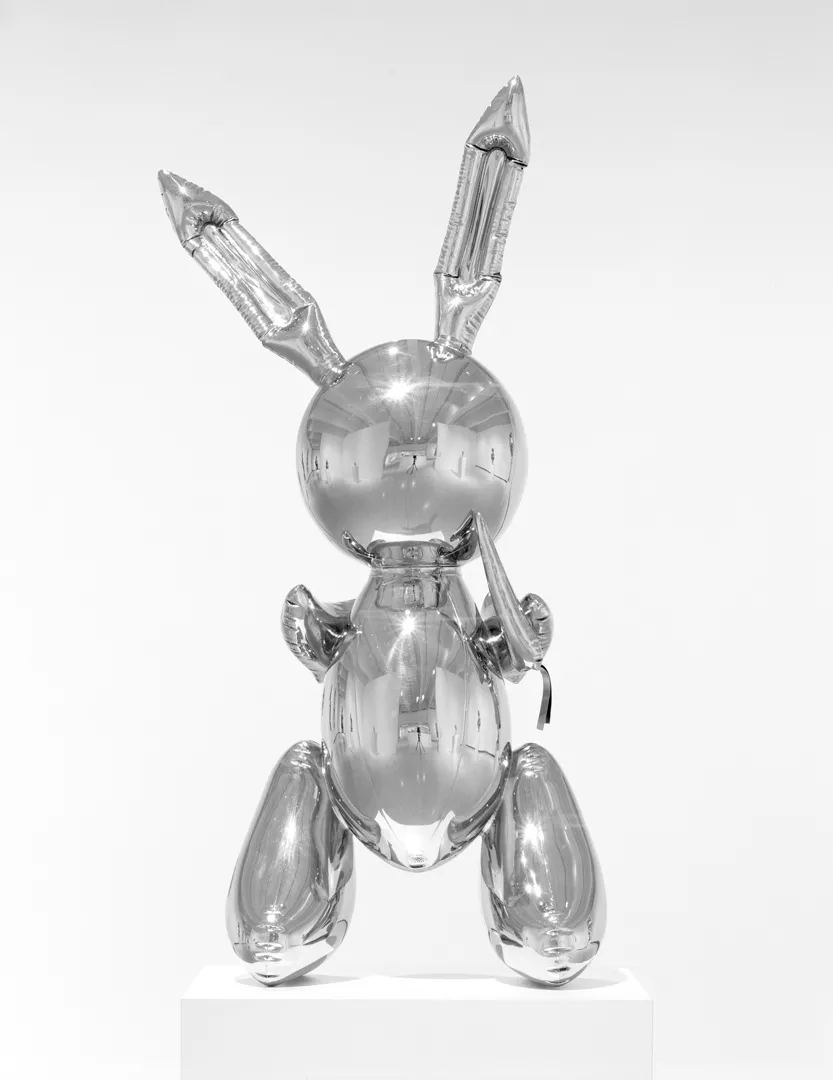Chapter 1 | CUDDLY OR PRICKLY
With different hatching methods you can give the surface of an object different textures, for example rough, smooth, hairy, spongy or spiky. Here this is done with spheres. The outlines are also adapted to the hatching method.
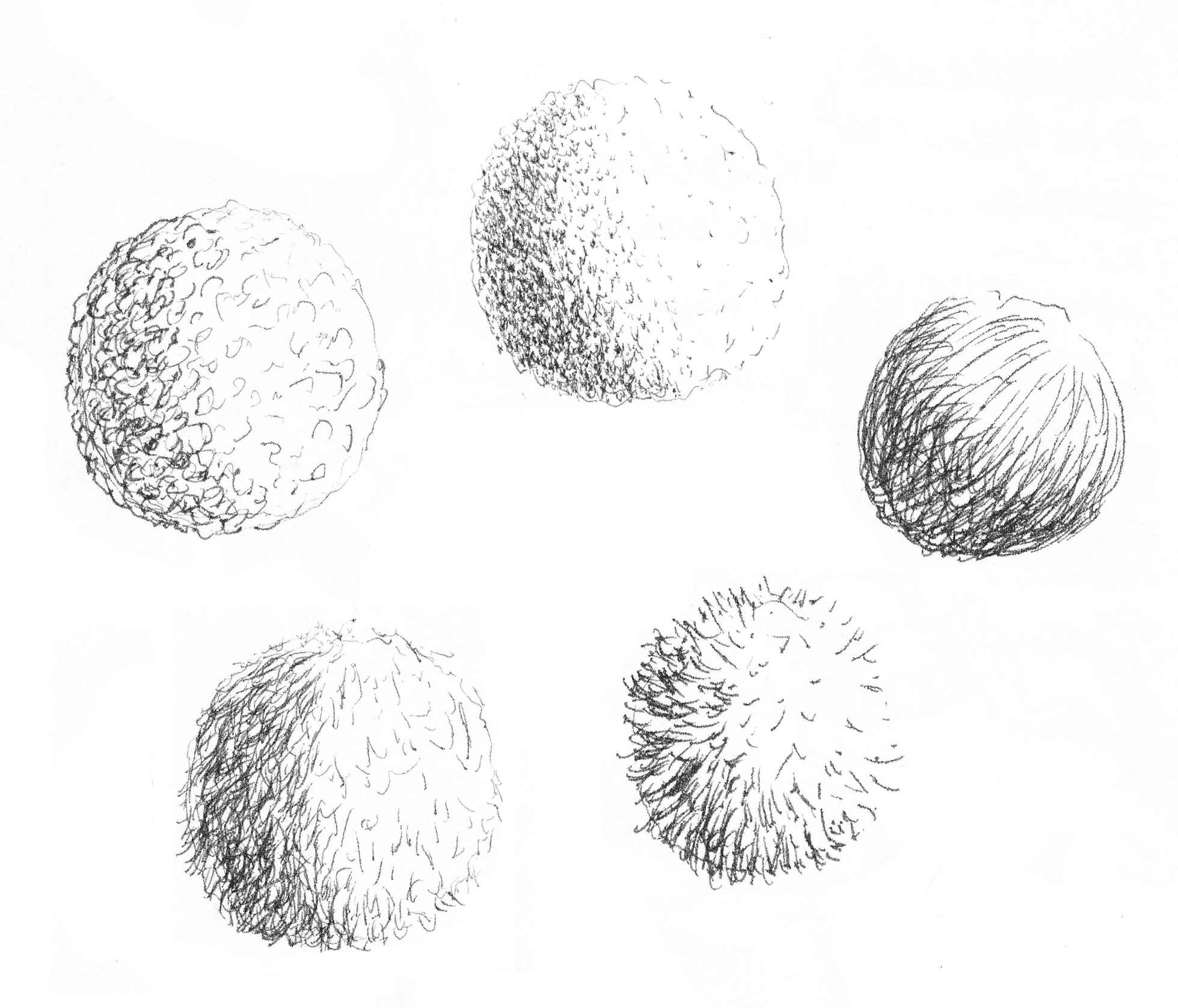
Exercise 1: Draw one or more of the spheres with shadow. Keep the outline of the sphere on the light side as blond as possible. With pencil you make shadows darker by pressing harder and possibly continuing longer. Lines with a fineliner or pen with undiluted (Indian) ink are always equally dark. In that case the hatchings become darker as the dots, dashes, circles come closer together (image).
The illustrator E. H. Shepard drew the famous bear Winnie the Pooh. The shadow hatchings and outline lines fit nicely with the woolly fur.
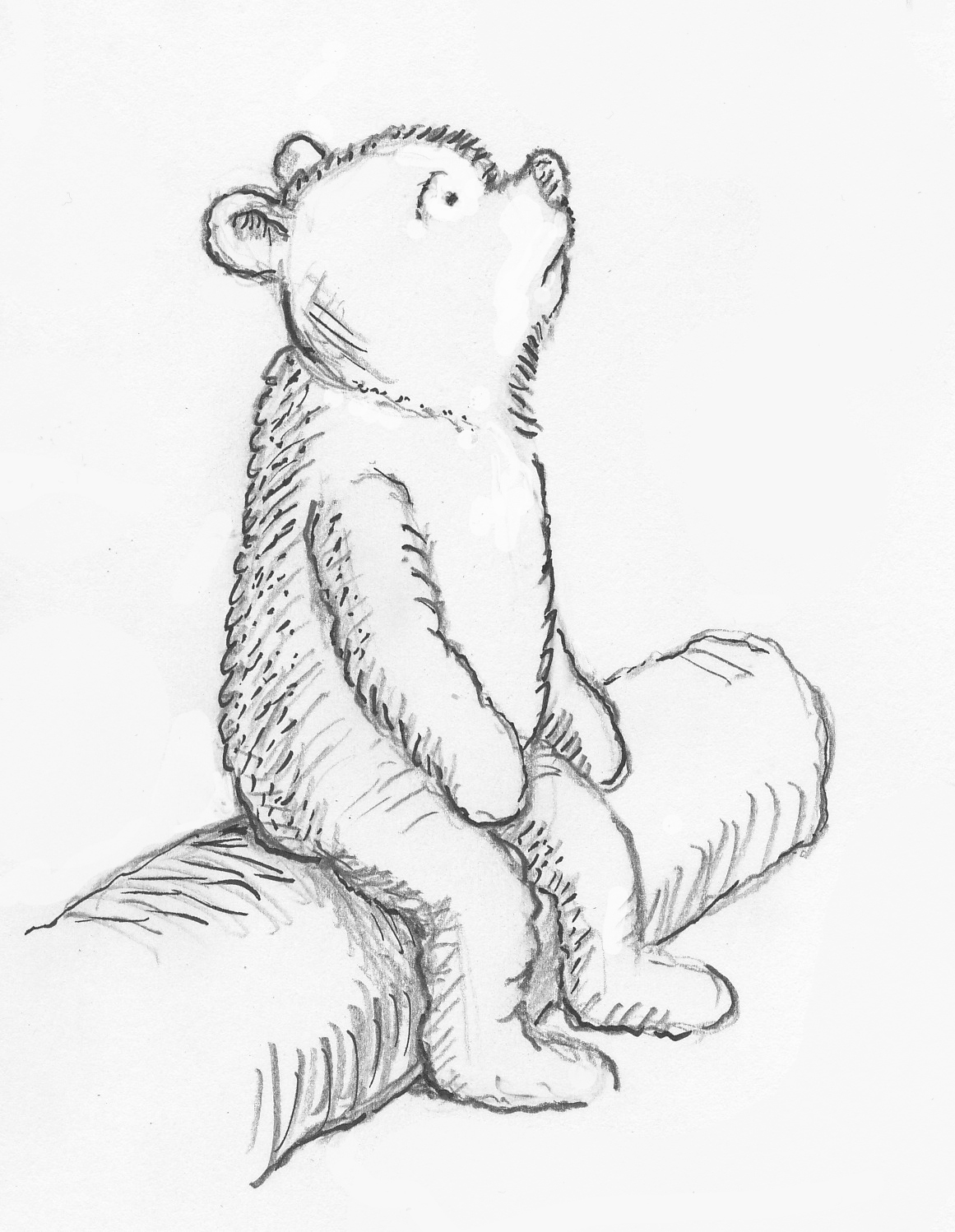
Exercise 2: Copy this cuddly rabbit or choose your own cuddly animal (if you have one). Try a texture/hatching that suits its cuddly woolly fur. Tight outlines don’t work anyway.

In a drawing you can also choose a hatching method that does not fit the figure at all, such as a hairy snake or buildings with some strange textures.
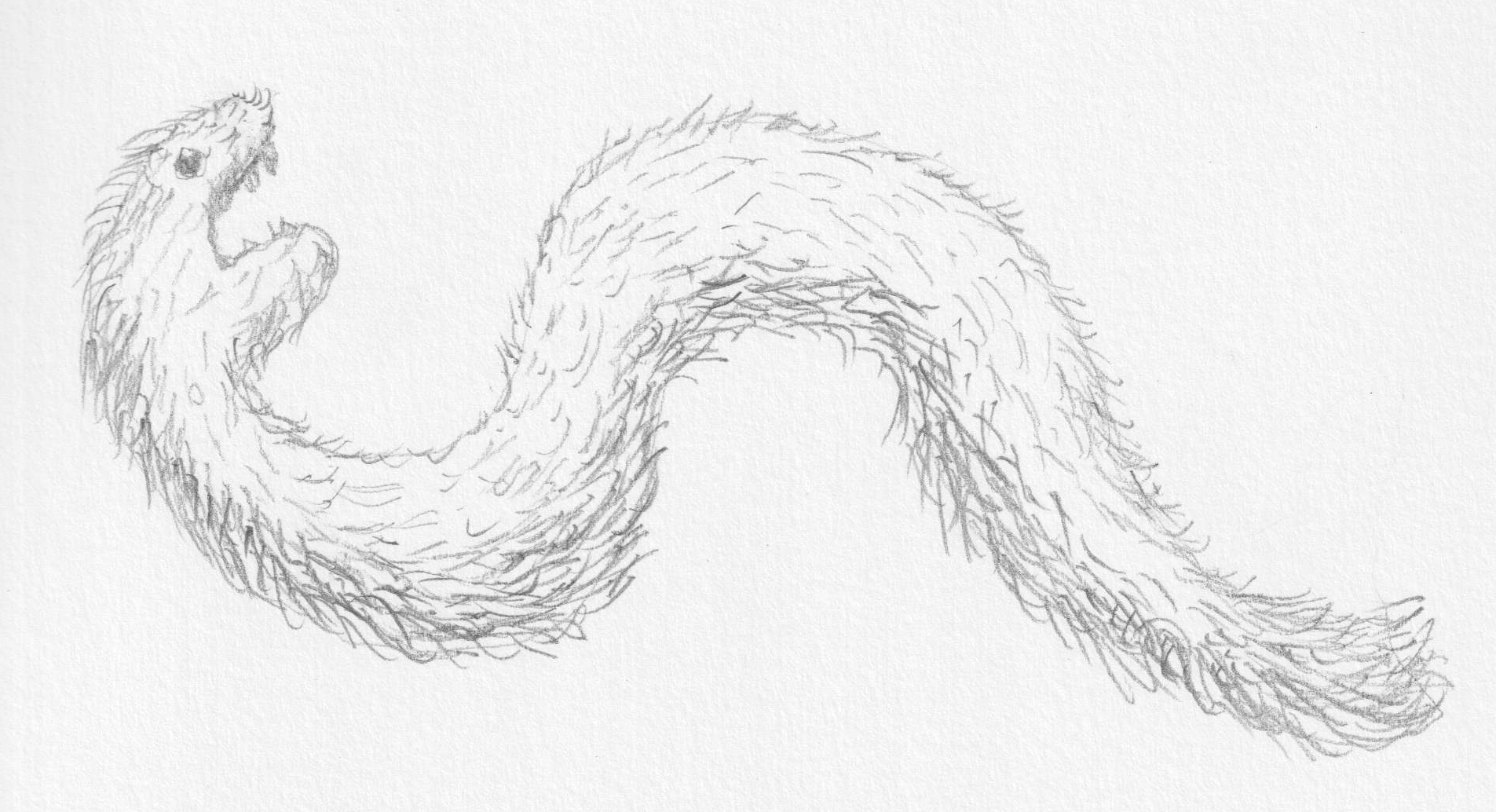
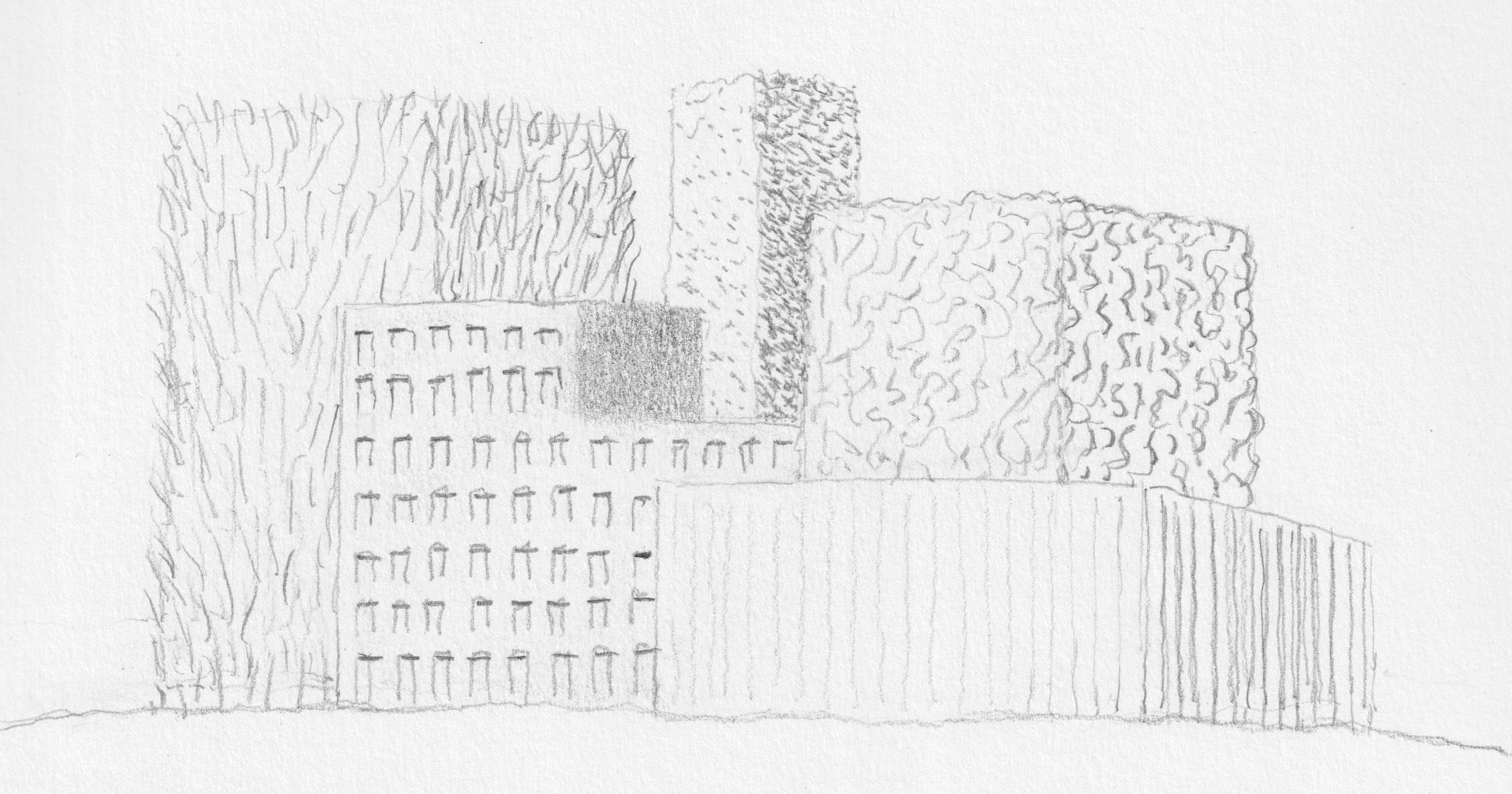
Exercise 2: Draw the cuddly rabbit again and now use a texture that does not fit a cuddly rabbit at all.
The famous illustrator Maurice Sendak made his Maxi monsters very cuddly with their finely hatched woolly fur. Of course it also helps that they all look so friendly.
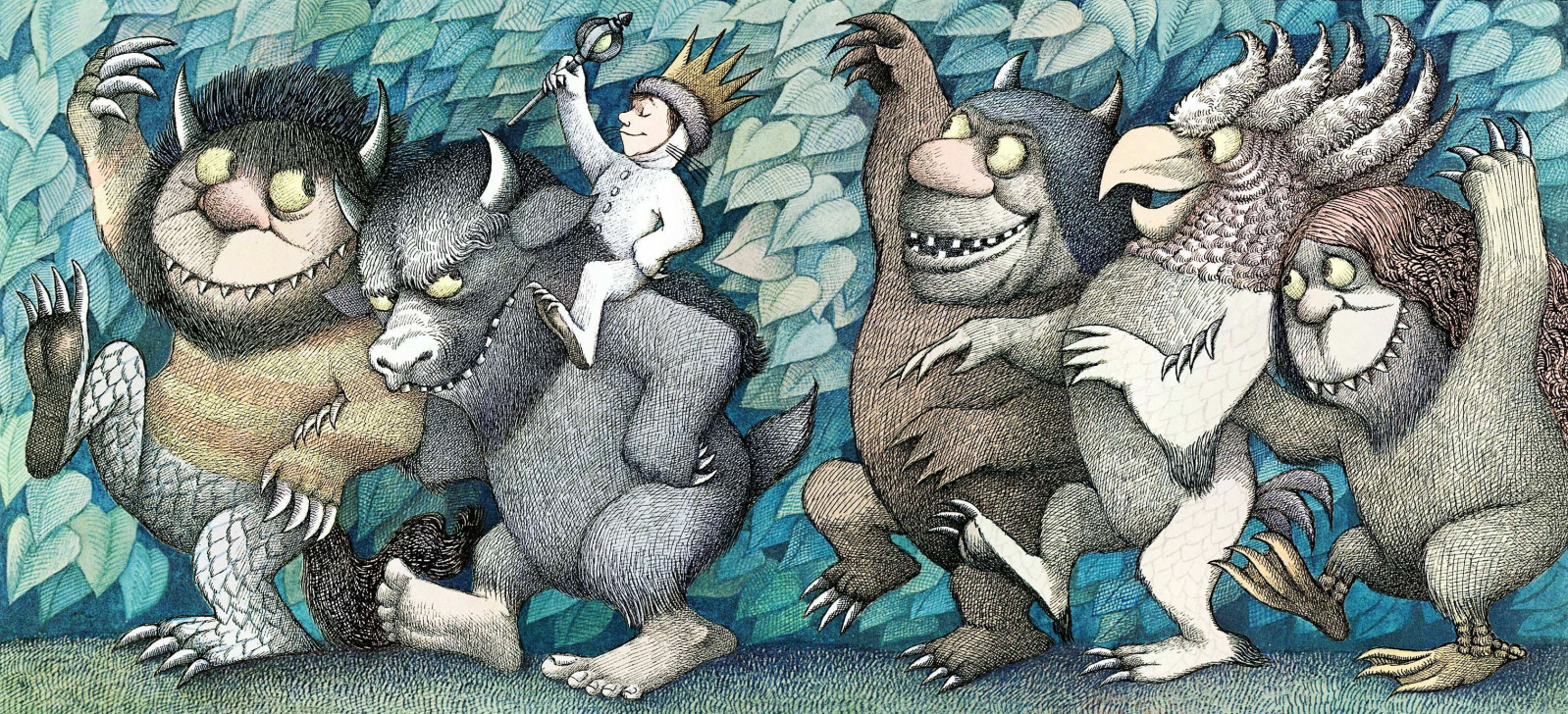
The same tension between cute and creepy applies to Labubu, a little monster created by the Hong Kong artist Kasing Lung, available as a keychain. His soft, fluffy fur looks cuddly, but his challenging gaze and sharp teeth are not.
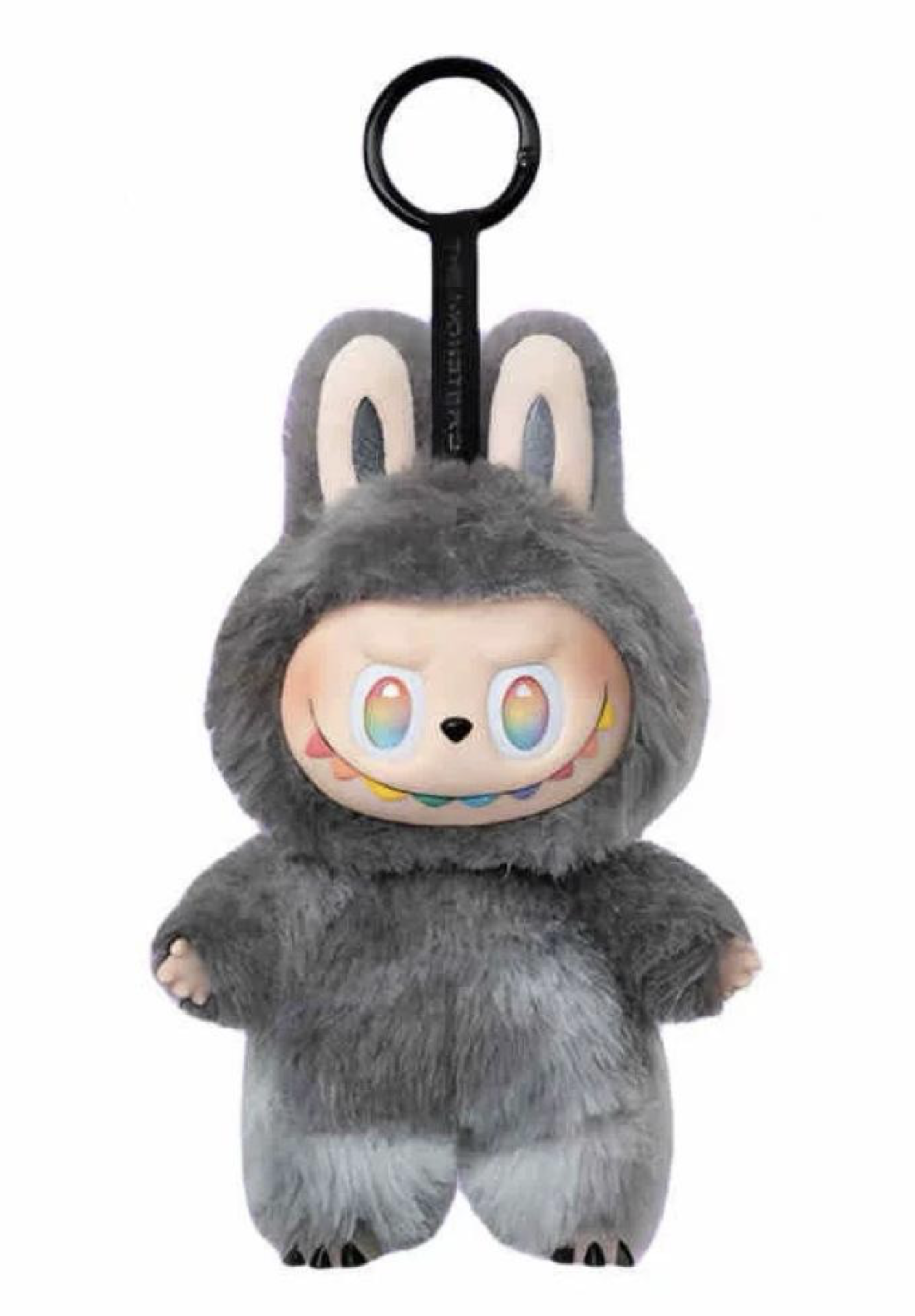
The influence of texture (the tactile surface) is clearly visible in the artwork ‘Rabbit’ by the American artist Jeff Koons. An inflatable toy rabbit is made of shiny stainless steel, and therefore loses all cuddliness. In addition, the rabbit is much larger (over a meter high!) than a real or toy rabbit, which makes it ‘hit you’ rather than perhaps evoke tender feelings.
